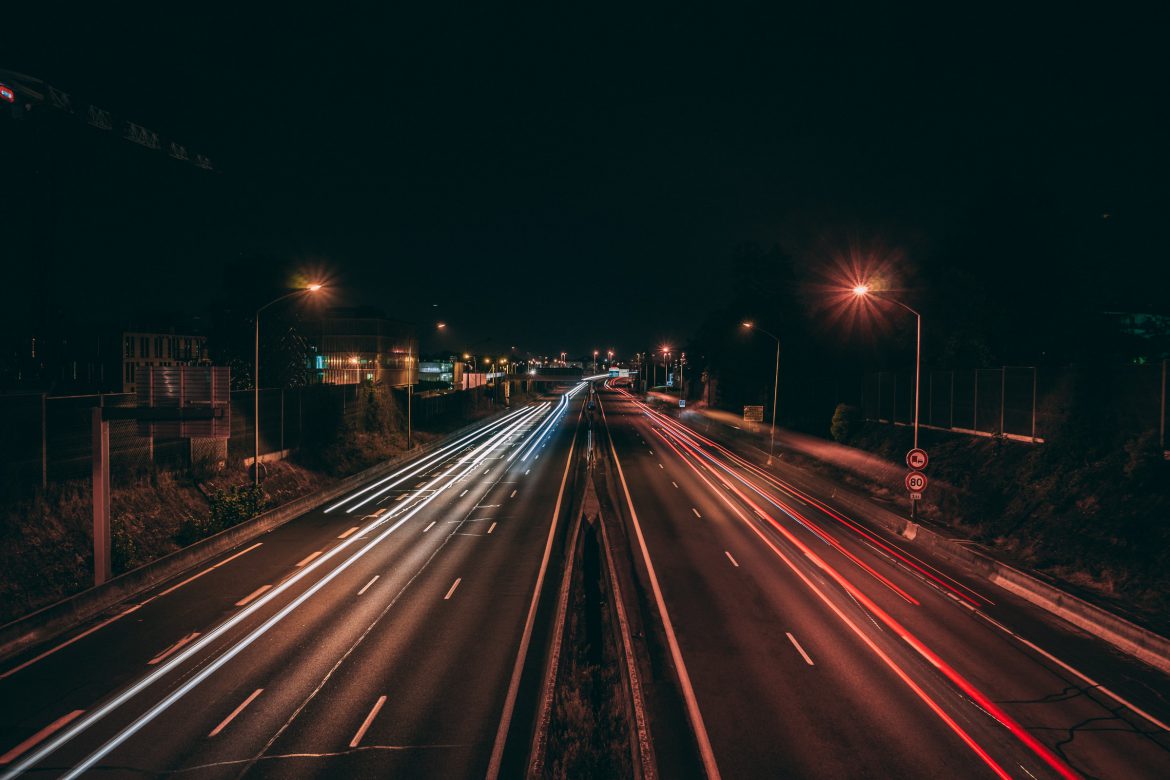France is a country to discover. The landscapes are varied and the gastronomy is worth a detour! Whether you want to go to the Mediterranean to get a tan or to Brittany to eat specialities, the French motorways are a must. How do the French tolls work?
Do you have to drive on the motorway? How to pay the French tolls?
France is a very big country and depending on where you are going, you will have to use the motorways. Unless you are taking different routes, staying in different areas and don’t have a real destination. Then you can use the country roads. First of all, you see a lot more and secondly, you can avoid the French tolls. However, if you have a destination, such as Brittany, and want to rent a permanent campsite there, you should find out about the French tolls beforehand and use the motorways. Travelling by campervan is more expensive, but more comfortable, because the motorway is very well developed and the journey time is definitely shorter than on the country roads. Have fun on your toll motorway.
You can pay the French toll yourself at the toll booths in France. However, you will need a credit card, either Visa or Master, or you can simply pay in cash. Either there is a machine when you leave the motorway or a small toll booth appears in front of you, manned by staff, where you can pay the money either by chip, the so-called Télépéage.
How can I find out the category of my vehicle?
You can, of course, find out in advance what the French toll is for your section of the route. To do this, you need to know whether your campervan is still considered a passenger car and weighs less than 3.5 tonnes or whether you are above that and it counts as a lorry. Be careful though, there are 5 different classes. If your car is higher than 2 metres, you can pay a different price than if you travel by car. Since there are more than 40,000 fares, it’s hard to research everything beforehand. Maybe you should just bring enough cash and let yourself be surprised. If your campervan has more than 2 axles, you may have different prices again. There are two examples on the internet. From Paris to Nice you pay about 123 euros for the campervan and from Strasbourg to Paris it is 61. The car is of course cheaper. Some motorways do not have tolls in France, to find out you should do some research on the internet. Among the free routes there is, for example, the Paris city motorway, but also the A35, A36, A31, A28 and many others. So just have a look on the internet beforehand and work out your route with the computer, so you can see which way you can take to avoid paying tolls.
Where can I find the toll prices?
To calculate the French toll in advance, you should take a look at the Autoroute.fr homepage. It is available in French and English and if you are familiar with one of the languages, you will be able to read everything accurately. You simply enter the two towns between which you are driving on the motorway in France and the prices will appear when you go to Enter. On the top page you will see the prices you pay between Nice and Paris, for example. It’s a total of just under 172 euros that you have to pay when travelling on 931 kilometres of motorway. In France, the distances are much greater than in Germany, although at first you may not notice the difference in size on the map. A little further down the page you will find the different types of vehicles that you also have to enter in order to see the appropriate price in your calculator. This is not cheap, but if you want to get to your destination quickly, you have to bite the bullet and calculate the toll prices in advance.
Is Liber-t electronic toll collection necessary for tourists?
If you want to get there faster, you can get the electronic toll collection for the French toll. This will allow you to move faster with the T on the lanes, because only if you have this electronic card with your passport in the windscreen will you get to your destination faster. You can get into the lanes with the T and therefore you are not in the longest queue. There are also Télépéage lanes for tourists, which are faster, so take advantage of this and book the system. On the lanes you should only drive moderately and keep a distance of up to 4 metres in front of you. This is the only way to reach your destination safely.
Conclusion
When travelling in the country, you should use a motorway to get around quickly, and this requires French tolls. To be prepared for the price you will have to pay in cash, with a credit card or perhaps with a chip, you should calculate how much you will have to pay beforehand on the Autoroute.fr website. This is the only way to avoid unpleasant surprises. EC cards are not accepted, so you should have the money ready in cash if you don’t have a credit card. Vignettes are not available in France, as they are in some other European countries. If you are coming to the country as a tourist and still want to travel faster, then the Liber-t electronic toll system is also worthwhile for you. Because then you can get into a lane with a T on the asphalt and you will get to your destination faster. However, please note the reduced speed and a distance of 4 metres. If you now pay attention to everything, you will be well prepared for the toll system in the country and will not be faced with questions that you did not ask yourself before.
